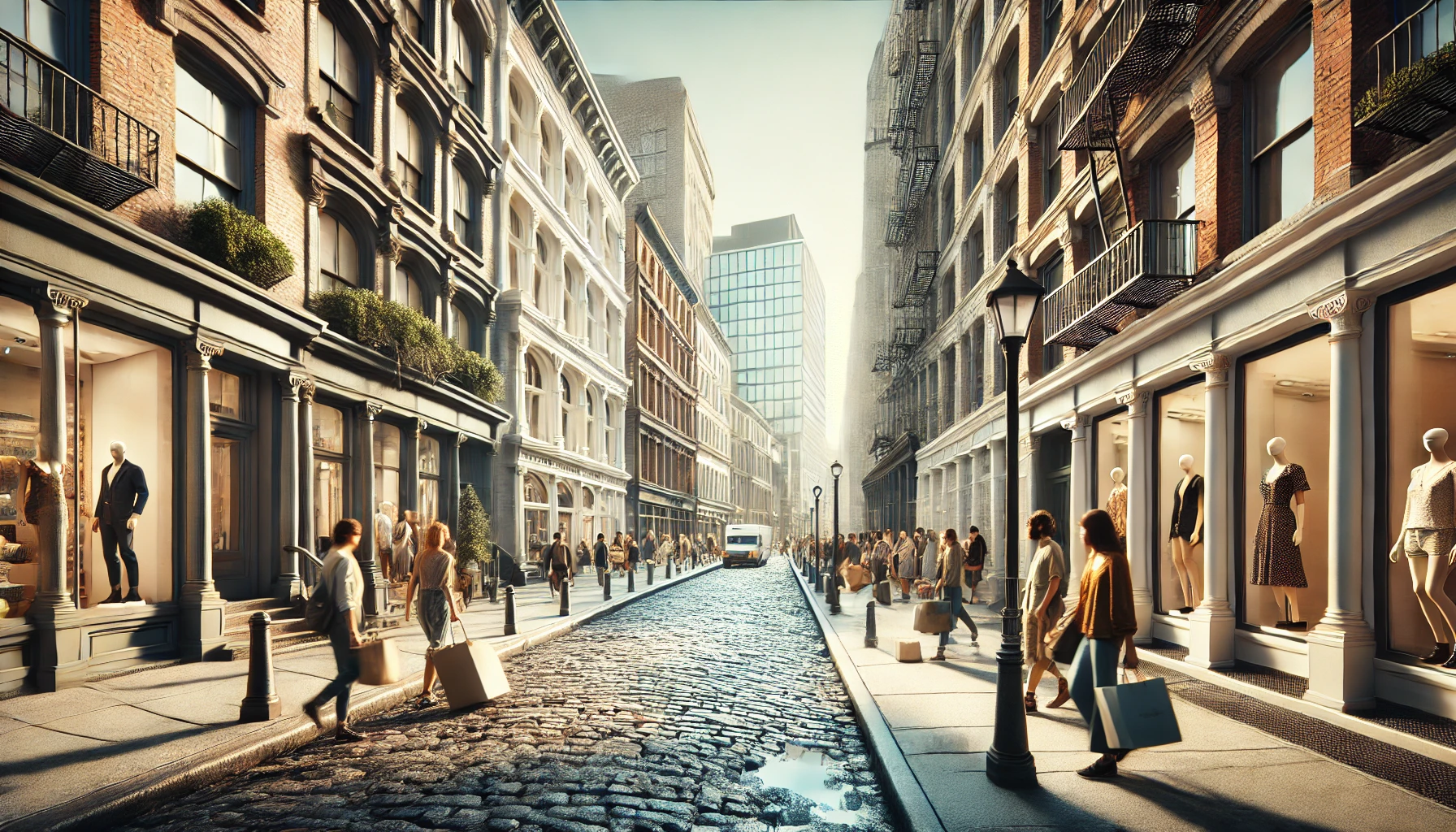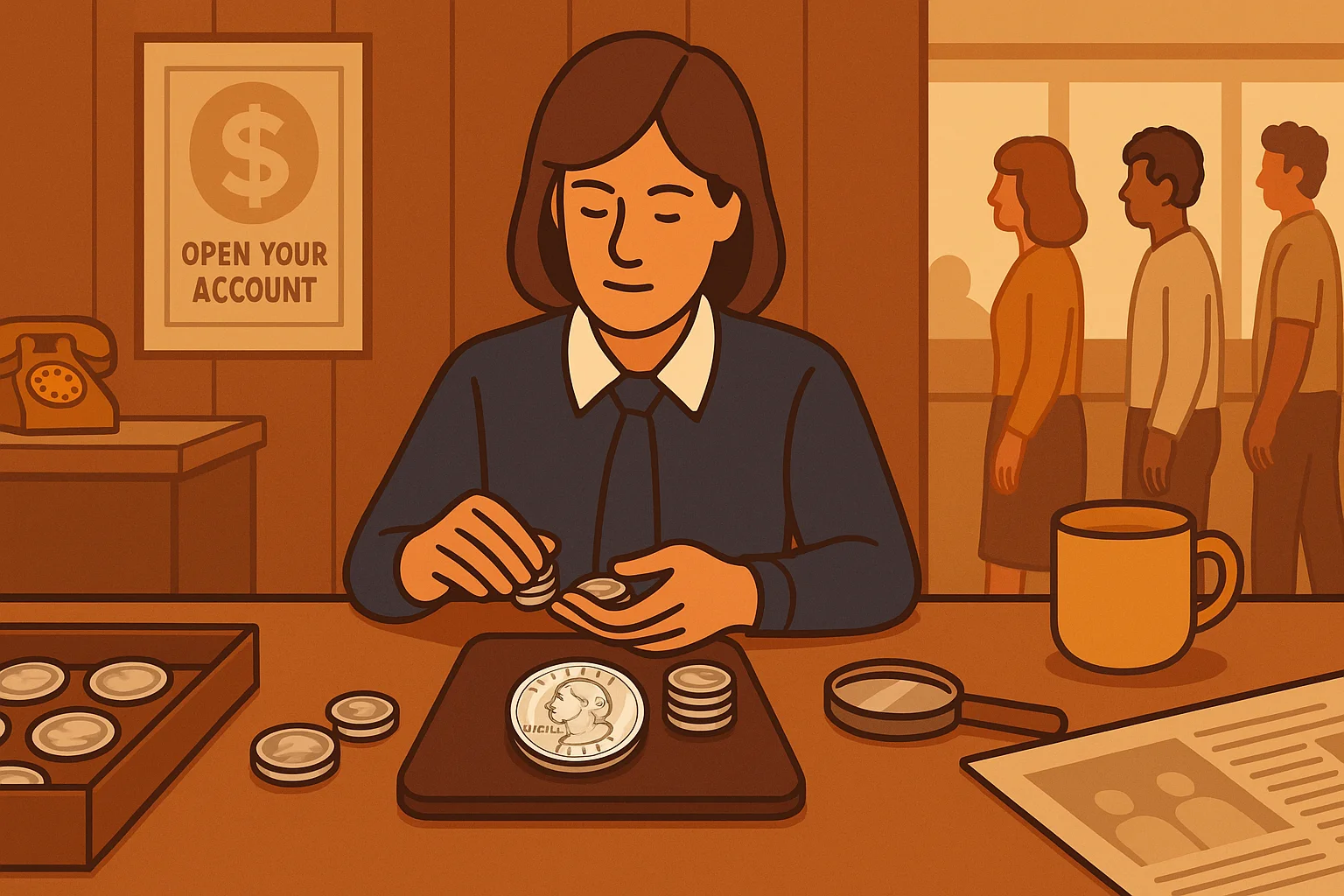Fashion is always about reflections. Of your mental state, emotions, status, protest, solidarity, the place you were raised in, etc. Those aspects that make YOUR personality are generally manifested through style, i.e., overall appearance that cannot but influenced by thousands of factors coming from both outside and internal worlds.
When trying to identify fashion trends that may be suitable for a particular person, it is vital to take into account various aspects, and their location is no exception. With the use of numerous devices, e.g., location and number tracker platforms, online face type analyzers, advanced educational apps, and the like, it is finally possible to decipher what is peculiar about your style and how to improve it correctly.
How Location May Influence Black Fashion
Black fashion, like any other fashion, too, is greatly influenced by its location, which serves as both a foundation and an inspiration for artistic expression and cultural manifestations. Black communities have historically developed unique styles based on their respective social contexts, climatic conditions, and culture. So, how could geography affect Black fashion?
Regional Styles and Cultural Roots
Different regions created their own distinctive cultural practices, which are reflected in fashion (and other forms of artistic and non-artistic aspirations for sure). The colorful, diverse styles of Harlem during the 1920s Harlem Renaissance, for example, represented the creative and intellectual vitality of the neighborhood.
While the South is known for emphasizing vivid patterns and organic textiles (due to its strong African ancestry), the West African fabric traditions have developed a more laid-back, streetwear-inspired aesthetic.
Urban vs. Rural Influences
In general, cities like New York, Atlanta, and Chicago are fashionably famous thanks to their fast-paced, constantly evolving black fashion, which draws inspiration from a variety of international sources. Another perspective depicts that rural areas emphasize the importance of history and pragmatism, which results in a style that has a firm foundation in historical traditions and practical needs.
Climate and Practicality
Another important factor that may define and determine fashion is the climate. Warmer climates may see Black fashion move toward airier, more breathable materials and vibrant hues that pay respect to the environment and the cultural significance of vivid colors in African cultures.
On the other hand, layering and the use of more substantial materials are more popular in colder climates, which is quite obvious and these styles often go well with accessories that give this functional clothing something special.
Historical and Social Contexts
The evolution of Black fashion may be also shaped by the historical environment of a given location. Here is an example that people may find illustrative and understandable. The Civil Rights Movement and the legacy of segregation have had a significant impact on fashion in the American South as a means of identity and resistance. African designs and natural haircuts were among the fashion choices that served powerful messages of pride and unity.
Find Your Personal Style and Cultural Identity
Finding your own style involves a few steps to be taken so as to investigate your cultural identity and let your moral principles be reflected in your style. Here are several aspects to remember so as to embrace your cultural history and find a look that is truly your own.
Reflect on Your Cultural Heritage: Examine the cultural components that have influenced your life from its very start. Think about traditions in your family, the neighborhood you grew up in, and the cultural factors that you find meaningful for you in particular. What colors, patterns, or textiles hold special meaning in your culture?
Embrace Symbols of Identity: Incorporating cultural markers into your style may bear a significant impact, too. These could be specific items of clothing, pieces of jewelry, or even hairstyles that are customarily connected to your culture and successfully display your cultural identity (e.g., an Afro hairstyle, a bindi, or a scarf made of kente cloth). So as to understand what makes your style unique, employ location trackers and explore a new world of cultural identities there.
Be Mindful of Cultural Appropriation: It is also critical to recognize the difference between cultural appropriation and the respect you develop for a non-intrinsic style. Understanding the value of cultural characteristics and properly adopting them into your own style are key components of cultural appreciation. Cultural appropriation, though, occurs when these components are utilized carelessly. Therefore, we highly recommend that you do not mix these notions from now on.
Finally, Stay True to Yourself: Even though cultural influence is indeed important, your personal style should ultimately be a reflection of who you are, and this might not be necessarily about culture. If you do not identify with cultural norms, do not feel obliged to follow them only. Your identity is expressed through your style, which may be a combination of cultural inspirations, personal tastes, and demands of your way of living.
Tips for Creating a Unique Location-Specific Fashion
Incorporate Local Culture: Use traditional textiles, colors, and patterns to create designs that capture the essence of your community, drawing inspiration from its rich cultural past in the first place.
Consider Climate: Do not forget to adapt your wardrobe to the local climate to combine utility and style with the right fabrics and layering strategies. You are always free to use location-based tools to know more about your place and adjust your clothing efficiently.
Blend Global and Local Trends: In order to develop a distinctive style that appeals to both local and wider audiences, combine local and global fashion trends, but never ignore your own preferences.
Support Local Artisans: Work with local artists and use materials that are produced or purchased locally to add authenticity and help your community prosper.
Reflect Community Values: Let your fashion reflect the values and spirit of your community, be it about sustainability, innovation, or traditions.



